How it is Used to Assess and Support Children with Multiple Disabilities who are Non-Verbal
Presenter: Kathee Scoggin
Part 1: (94 minutes)
Attachments:
Outcomes:
- Understanding the tool
- Basic reasons for young children to communicate
- The seven levels of communication
- Mistakes we make when assessing children who are nonverbal
Part 2: (91 minutes)
Attachments:
Outcomes:
- Using the results to establish appropriate objectives
- Understanding how the tool demonstrates progress of the child
- Shaping a child’s action into communication
Part 3: (90 minutes)
Attachments:
Outcomes:
- Using child’s likes and dislikes make communication happen more quickly
- Developing meaningful activities that assist the child in communicating
- Having nonverbal conversations, not just one way communication

